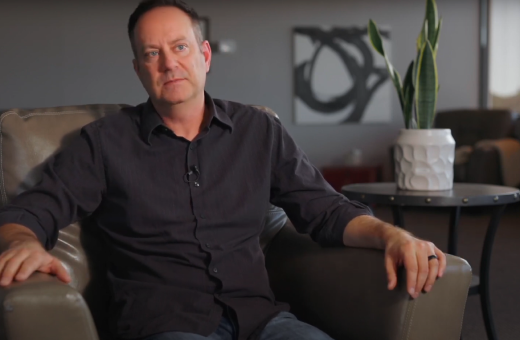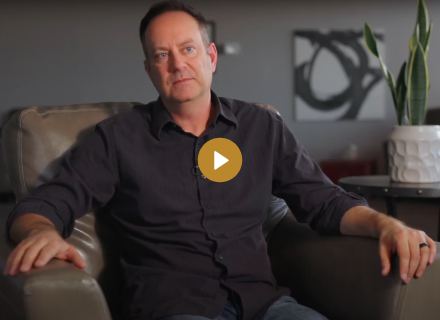By Floyd Godfrey, PhD
The Emotional Draw of Pornography
In today’s digital landscape, many teens are increasingly turning to pornography not simply for curiosity or arousal, but as a means of emotional regulation. Faced with feelings of loneliness, boredom, sadness, or rejection, young individuals often discover that pornography provides a quick, private, and seemingly effective outlet for self-soothing. While the underlying intention may be to alleviate distress, this coping strategy can inadvertently entrench patterns of compulsive behavior.
Research by addiction specialists such as Patrick Carnes and Rob Weiss emphasizes that pornography use often serves deeper psychological purposes than pure sexual gratification. When young people experience emotional discomfort, they may gravitate toward behaviors that offer immediate relief, and the accessibility of online pornography makes it an attractive option. Over time, the act of turning to pornography in moments of stress or despair can hardwire a dependency that is difficult to unravel.
The Brain’s Chemical Response
Understanding the neurological underpinnings of pornography use is essential to comprehending its emotional grip on teens. Viewing pornography triggers a cascade of neurochemical reactions. Dopamine—the brain’s pleasure and reward chemical—is released in large amounts, reinforcing the behavior and creating a powerful memory of relief and escape. This surge of dopamine is not unlike the chemical highs produced by drugs or alcohol, contributing to a conditioned cycle of craving and reward.
With continued exposure, the brain may begin to require increasingly stimulating content to achieve the same emotional effect, a process known as desensitization. In parallel, oxytocin and endorphins released during sexual stimulation further reinforce the bond between pornography and emotional comfort. These neurochemical patterns underscore why many teens find it nearly impossible to disengage from pornography, even when they recognize the negative impact on their self-esteem, relationships, and emotional well-being.
Emotional Needs and Escalating Dependency
Teens often lack mature emotional coping skills, making them especially vulnerable to using pornography as an escape from discomfort. Whether it’s the pain of rejection, the monotony of boredom, or the distress of feeling unseen and misunderstood, pornography becomes a way to numb or distract from these challenging emotions. Over time, however, reliance on this coping mechanism can deepen emotional isolation rather than resolve it.
Therapists like Doug Weiss and Kim Buck have highlighted how this cycle becomes self-perpetuating. The more a teen uses pornography to soothe emotions, the less they develop alternative, healthier ways to regulate distress. Emotional regulation becomes entangled with compulsive sexual behavior, setting the stage for addiction. What began as a coping mechanism eventually evolves into a dependency, as the brain craves the neurochemical relief and the teen increasingly struggles to manage life without it.
Pathways to Recovery and Emotional Resilience
The path forward lies in replacing maladaptive coping strategies with healthier emotional regulation tools. Therapeutic interventions rooted in attachment theory and trauma-informed care are particularly effective. Counseling and coaching can help teens identify their emotional triggers, develop self-awareness, and build a toolbox of constructive coping mechanisms. Support groups and recovery programs designed by professionals offer structured environments where teens can learn to reconnect with their emotional selves without relying on digital stimulation.
Education also plays a vital role. Parents, educators, and mental health professionals must collaborate to raise awareness about the emotional drivers of pornography use. When teens understand that their brains are responding to powerful neurochemical processes—and that they are not alone in their struggles—they become more empowered to seek help and engage in recovery.
The journey out of pornography addiction begins with compassion, both from the self and from supportive others. With guidance, patience, and the right interventions, teens can break free from compulsive patterns and learn to navigate their emotions with strength and resilience.
Floyd Godfrey, PhD is a Clinical Sexologist and a Certified Sex Addiction Specialist. He has been guiding clients since 2000 and currently speaks and provides consulting and mental health coaching across the globe. To learn more about Floyd Godfrey, PhD please visit his website: www.FloydGodfrey.com



